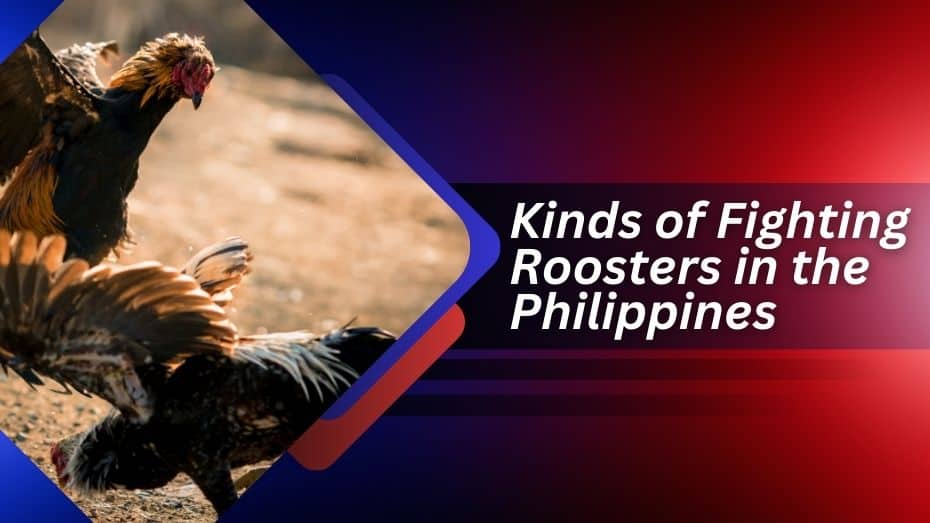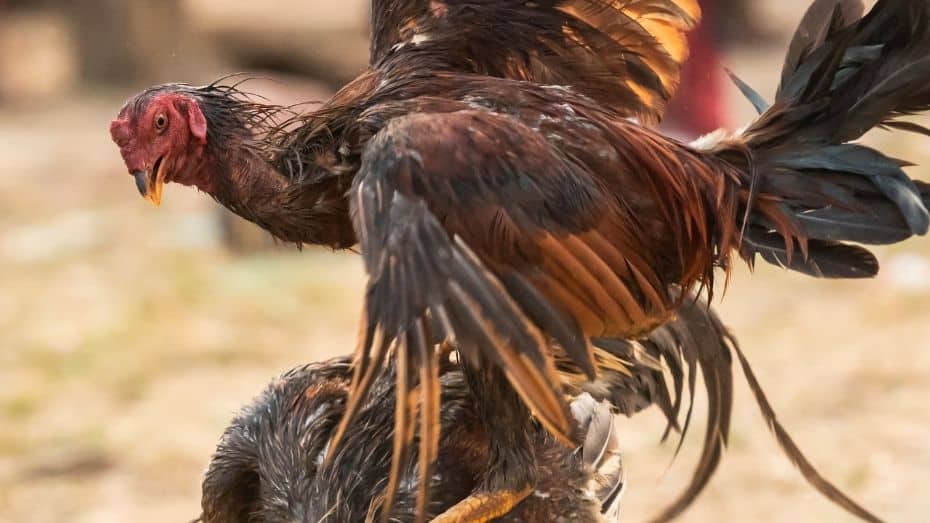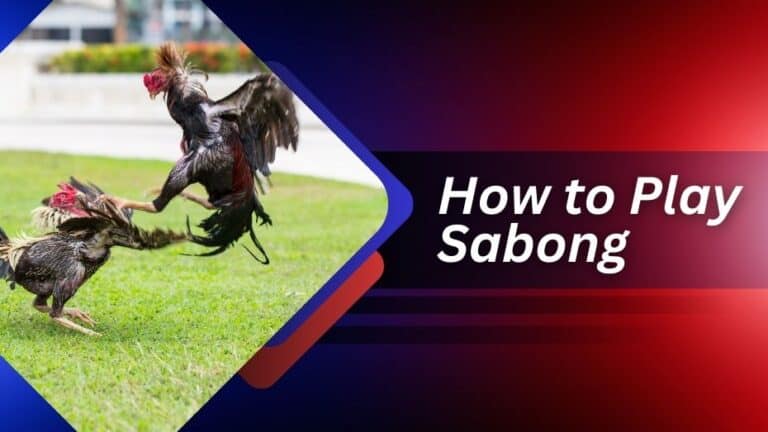Choose Your Fighter to Bet On and Win | Sabong Philippine

On fighting roosters, continue reading to discover the basics of cock fighting before you dive into the thrilling and entertaining world of sabong betting. Sabong bettors in the Philippines and abroad are benefiting from a whole new realm of experience thanks to this competitive sport that is now available online here at Sabong Philippine.
The best roosters in live sabong are meticulously developed to ensure that they are stronger, more powerful, and more resilient than other roosters. Not every rooster can be forced to fight by throwing it into a cockpit. Selective breeding is done by breeders to improve the quality of roosters and make them more competitive. It makes sense to say that when you play sabong on reliable e-sabong platforms, you’ll need to be aware of the rival breeds that are available here in the Philippines.
Kinds of Fighting Roosters in the Philippines

The best breeders and individual cockfighters in the Philippines are always keeping an eye on the best breeds to grow. Gamefowls have violent temperaments from an early age because they are breeds that are dedicated to fighting other cocks. Breeders will need to keep these roosters apart from other roosters to avoid them from fighting.
A top gamefowl is, of course, determined by a multitude of factors including diet, breed, environment, training, and vitamins. Experts agree that there isn’t a single perfect breed of gamefowl, but if a breed produces a lot of winners in a lot of contests, it has a better chance of producing winners down the road than other breeds. Of course, even the best breed of rooster will perform badly if it is not properly nourished and trained.
And here in the Philippines, the kinds of winning game fowls you’ll always see in the cockpit arena are the following:
Roundheads
Roundheads are one of the most well-liked bets during a live sabong because of their reputation as born killers in the cockpit arena. Tracing the gamefowl’s lineage can help determine whether it is a well-bred, high-class batch. With this fighting cock, winning also comes naturally if it is from a robust and vigorous breed.
Asil
The Asil is one of the few gamefowl breeds that has a reputation for being historically superior. The following qualities have made this breed, which has its roots in Pakistan and India, well-known:
Shamo
The Shamo is a Japanese chicken breed that is highly valued for its fighting cocks, making it well-known worldwide. Its wide chest, strong body, long neck and legs, and thick feathers make its build instantly identifiable. This breed’s power and agility are specifically designed to make it an unparalleled brave and fierce combat cock.
Hatch
Famous Hatch Gamefowl lines from the late 1800s are among the favorites of American fighting rooster lines. When it comes to ground combat, this breed is notable for its strength, quickness of attack, and extreme endurance. This kind is perfect for sabong fights because it doesn’t wear out quickly. Modern hatches are typically quicker, smarter, and fly higher than hatches from previous generations, all while maintaining their characteristic vigor and aggression. In addition, Hatches go nicely with Sweaters, Kelsos, and Radios.
Hatch Twist
The Hatch Twist is similar to the Hatch but has a more refined appearance than the main breed. This variety is distinguished by a neck with white or yellow feathers that contrast with the red neck of the rooster.
Like Hatch Gamefowls, Hatch Twists are powerful and fast, but they are better recognized for their “do or die” mentality, which keeps them from running from a confrontation. Modern Hatch Twist roosters are faster and more intelligent than their ancestors.
Sweater
From a batch of roosters deemed inappropriate for use in competitive events, Carol Nesmith developed the sturdy breed known as the Sweater. For years, this breed has excelled in derby competitions held in some of the toughest cockpits in Mexico and the Philippines. Consequently, the Sweater became well-known as a breed due to its many successes all over the world.
The early Sweaters were infamous for their lack of stamina, but when new bloodlines were added over time, they changed into the speedy and deadly Sweaters of today, with fast and relentless attacks being among their traits. They are very harmful when on the ground in the cockpit and can fly very high. Their opponents’ only two options are limited by these lethal characteristics they possess: to fight or to fly.
Kelso
Kelso fowl is the hybrid breed of poultry that Walter Kelso invented. To establish this breed, Kelso crossed hens she received from John Madigin with a variety of roosters, some from other breeders, over many years of trial and error. Many of the offspring that were generated were failures due to their poor quality; nevertheless, in 1951, Kelso’s progeny won two battles, which led to success. This cock then matured into a brood cock, siring offspring that went on to win more derby championships.
The Kelso breed of gamefowl, which is currently quite popular in the Philippines, is one of the traditional varieties used in many tournaments nowadays. One of the smartest cocks in the combat ring, a Kelso is often a red bird with black breasts, straight or pea combs, and white or yellow legs. More often than not, Kelsos attack from the side and avoid engaging their opponent in midair.
Breeders employ Kelsos to generate new lineages, despite the fact that many claim purebred Kelsos are not allowed to participate in modern games. In order to create more lethal bloodlines that preserve the fighting style of the original Kelsos, breeders have already begun combining purebred Kelsos with different breeds.
Peruvian Gamefowl
The Peruvian gamefowl is the most costly breed of gamefowl. Don Humberto Gregorio Pedraglio Oddone, who was born in Lima on November 17, 1899, is recognized as the originator of the Peruvian fighting cock. Peruvian chicken evolved greatly between the late 1930s and the early 1970s, when it was finally modified. They are pricey because they were produced by mating various Oriental gamefowl with Spanish and Old English gamefowl. The most commonly listed Oriental variations were the Shamos, Malay, and Asil breeds. It has been determined that this breed of gamefowl originated in Italy.
These are some of its traits:
Because Peruvian cocks can occasionally be man-eaters, especially if they are not treated properly, many breeders in Peru also keep cocks and hens apart, only bringing them together in pens for breeding before removing them once again. The intense fighting nature of the Peruvian makes it a preferred crossbreed with other gamefowl breeds.
FAQs
Conclusion
The leading gamefowl breeds in the Philippines are indicative of a vibrant and varied poultry culture. These varieties, which range from the fabled Sweater and Kelso to the hardy Hatch and Roundheads, demonstrate the enthusiasm and commitment of Filipino rooster lovers. Breeding gamefowl requires careful attention to detail, appropriate diet, and moral behavior. The community thrives on the evolution of breed popularity, nurturing a rich tradition that blends practical knowledge with a profound reverence for these amazing birds utilized in both live and virtual sabong contests.









